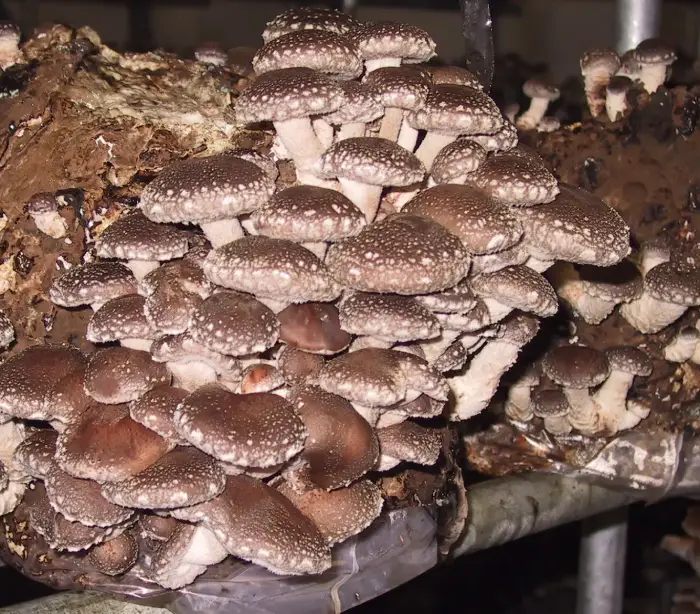Grape Pomace’s Potential in Health and Sustainability
Grape pomace, often referred to as wine pomace, is a by-product of the winemaking process that has historically been treated as waste. However, emerging research has shed light on its impressive nutritional and bioactive properties, making it a valuable resource for industries such as functional foods, pharmaceuticals, and cosmetics. This review delves into the nutrient and nutraceutical composition of grape pomace, which includes high concentrations of polyphenols, dietary fiber, vitamins, minerals, and even melatonin. The biological activities of grape pomace, such as its antioxidant, anti-inflammatory, antimicrobial, and anticancer properties, are also explored, showcasing its potential as a multifunctional raw material. Furthermore, the review examines the practical applications of grape pomace, from its use in dietary supplements to its incorporation into skincare products. The increasing focus on sustainable practices has brought grape pomace into the spotlight, highlighting its dual role in enhancing human health and supporting a circular economy.
Commentary by SuppBase columnist Alice Winters

Grape pomace, once considered a mere by-product of winemaking, is now being recognized for its remarkable nutritional and bioactive potential. This shift in perception is a testament to the growing emphasis on sustainability and the valorization of waste materials in the health and wellness industry. The findings presented in this review underscore the multifaceted benefits of grape pomace, making it a compelling subject for further exploration.
Ingredient Analysis and Nutritional Value
Grape pomace is rich in polyphenols, particularly flavonoids and phenolic acids, which are known for their potent antioxidant properties. These compounds play a crucial role in neutralizing free radicals, thereby reducing oxidative stress and potentially lowering the risk of chronic diseases such as cardiovascular disorders and cancer. Additionally, the high dietary fiber content in grape pomace supports digestive health and may aid in weight management by promoting satiety.
The presence of vitamins and minerals, including vitamin C, vitamin E, and potassium, further enhances the nutritional profile of grape pomace. Notably, the inclusion of melatonin, a hormone associated with sleep regulation, adds another layer of functionality to this by-product. This diverse nutrient composition positions grape pomace as a versatile ingredient for functional foods and dietary supplements.
Biological Activities and Health Benefits
The review highlights several biological activities of grape pomace, with antioxidant and anti-inflammatory effects being the most prominent. These properties are largely attributed to its polyphenolic content, which has been shown to modulate inflammatory pathways and protect cells from oxidative damage. Such effects make grape pomace a promising candidate for managing conditions like arthritis, metabolic syndrome, and neurodegenerative diseases.
Moreover, the antimicrobial and anticancer properties of grape pomace are noteworthy. Studies suggest that its bioactive compounds can inhibit the growth of pathogenic bacteria and fungi, making it a potential natural preservative for food products. Its anticancer potential, while still under investigation, is linked to its ability to induce apoptosis (programmed cell death) in cancer cells and inhibit tumor growth.
Applications in Functional Foods and Cosmetics
The valorization of grape pomace extends beyond its nutritional benefits. Its incorporation into functional foods, such as energy bars, beverages, and baked goods, offers a sustainable way to enhance the nutritional value of everyday products. The dietary fiber and polyphenols in grape pomace can improve the texture, shelf life, and health benefits of these foods.
In the cosmetics industry, grape pomace is gaining traction as an ingredient in skincare formulations. Its antioxidant and anti-inflammatory properties make it suitable for products aimed at reducing signs of aging, such as wrinkles and hyperpigmentation. Additionally, its natural origin aligns with the growing consumer demand for clean and sustainable beauty products.
Sustainability and Market Trends
The review rightly emphasizes the role of grape pomace in promoting a circular economy. By repurposing winemaking waste, industries can reduce their environmental footprint while creating value-added products. This aligns with broader market trends, where consumers are increasingly prioritizing sustainability and transparency in their purchasing decisions.
However, challenges remain in scaling up the production and commercialization of grape pomace-based products. Issues such as standardization of extraction methods, regulatory approval, and consumer acceptance need to be addressed to fully realize its potential.
Final Thoughts
Grape pomace represents a prime example of how waste materials can be transformed into valuable resources. Its rich nutritional profile, coupled with its diverse biological activities, makes it a promising ingredient for functional foods, dietary supplements, and cosmetics. As research continues to uncover its benefits, grape pomace is poised to play a significant role in promoting human health and advancing sustainable practices.
For consumers, this means access to innovative products that not only support their well-being but also contribute to environmental conservation. For industries, it presents an opportunity to align with sustainability goals while meeting the growing demand for natural and functional ingredients. Grape pomace is no longer just a by-product—it’s a symbol of the potential that lies in rethinking waste.



